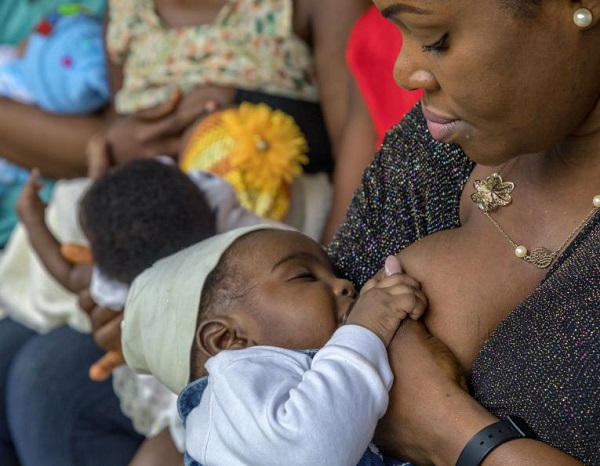
A new report from the United Nations (UN) highlights that progress in reducing deaths of pregnant women, mothers and babies has flat-lined for eight years due to decreasing investments in maternal and newborn health. The report reveals that over 4.5 million women and babies die every year during pregnancy, childbirth or the first weeks after birth, equivalent to 1 death happening every 7 seconds, mostly from preventable or treatable causes if proper care was available.
The report, ‘Improving maternal and Newborn health and Survival and reducing Stillbirth’, assesses the latest data on these deaths and tracks the provision of critical health services. It shows that progress in improving survival has stagnated since 2015, with around 290,000 maternal deaths each year, 1.9 million stillbirths, and a staggering 2.3 million newborn deaths, which are deaths in the first month of life.
The COVID-19 pandemic, rising poverty, and worsening humanitarian crises have intensified pressures on stretched health systems. Since 2018, more than three-quarters of all conflict-affected and Sub-Saharan African countries report declining funding for maternal and newborn health. Just 1 in 10 countries (of more than 100 surveyed) report having sufficient funds to implement their current plans.
The report stresses that interventions should especially target the poorest women and those in vulnerable situations who are most likely to miss out on lifesaving care. To increase survival rates, women and babies must have quality, affordable healthcare before, during and after childbirth, as well as access to family planning services. More skilled and motivated health workers, especially midwives, are needed, alongside essential medicines and supplies, safe water, and reliable electricity.
The report also highlights the need to address harmful gender norms, biases, and inequalities. Recent data show that only about 60 per cent of women aged 15-49 years make their own decisions regarding sexual and reproductive health and rights.
“If we wish to see different results, we must do things differently. More and smarter investments in primary healthcare are needed now so that every woman and baby, no matter where they live, has the best chance of health and survival,” said the director of maternal, newborn, child and adolescent health and ageing at the World Health Organization (WHO), Dr. Anshu Banerjee.
The new report was launched at a major global conference held in Cape Town, South Africa, which aims to accelerate recovery and progress in maternal and newborn health. It promotes targeted investments in primary healthcare as well as innovation and bolder partnerships across programs that help countries improve survival.
Based on current trends, more than 60 countries are not set to meet the maternal, newborn, and stillborn mortality reduction targets in the UN Sustainable Development Goals by 2030. “The death of any woman or young girl during pregnancy or childbirth is a serious violation of their human rights,” said the director of the technical division at the United Nations Population Fund (UNFPA), Dr. Julitta Onabanjo. “It also reflects the urgent need to scale-up access to quality sexual and reproductive health services as part of universal health coverage and primary health care, especially in communities where maternal mortality rates have stagnated or even risen during recent years.”
Improving maternal and newborn health further requires a human rights and gender transformative approach to address maternal and newborn mortality. It is vital that we stamp out the underlying factors that give rise to poor maternal health outcomes like socio-economic inequalities, discrimination, poverty and injustice.

